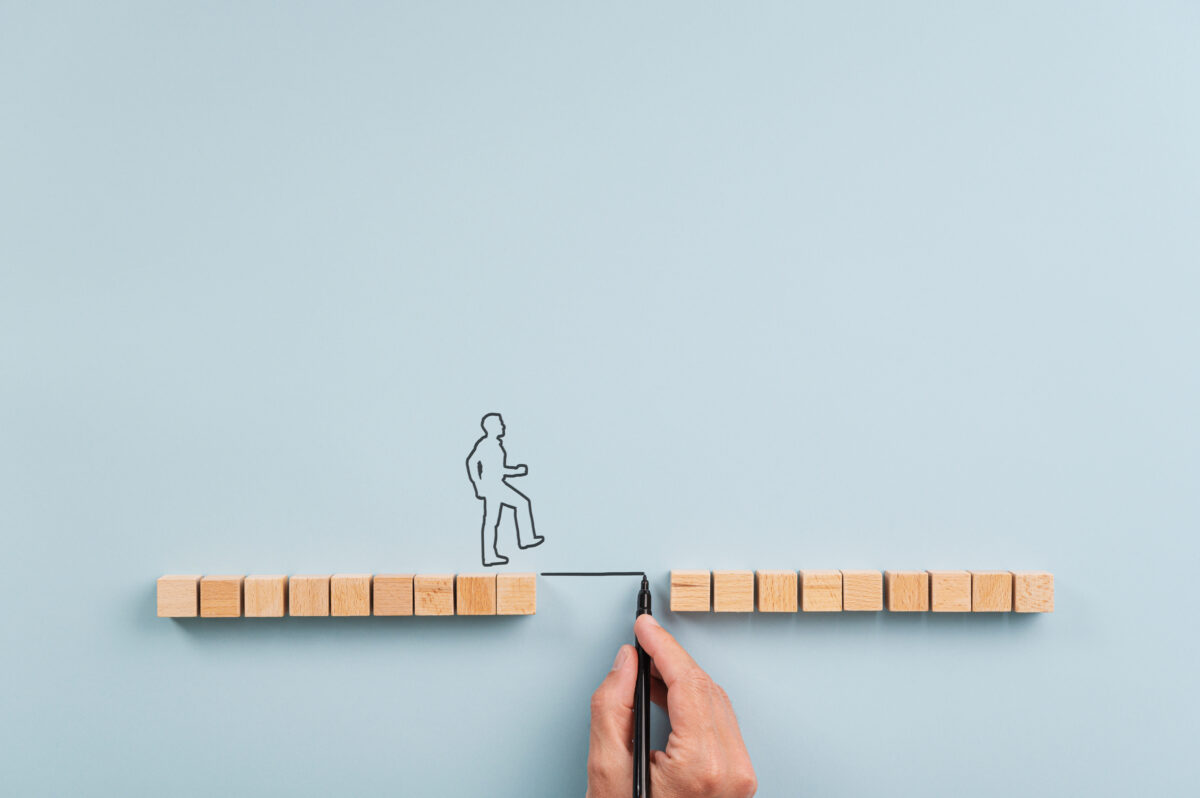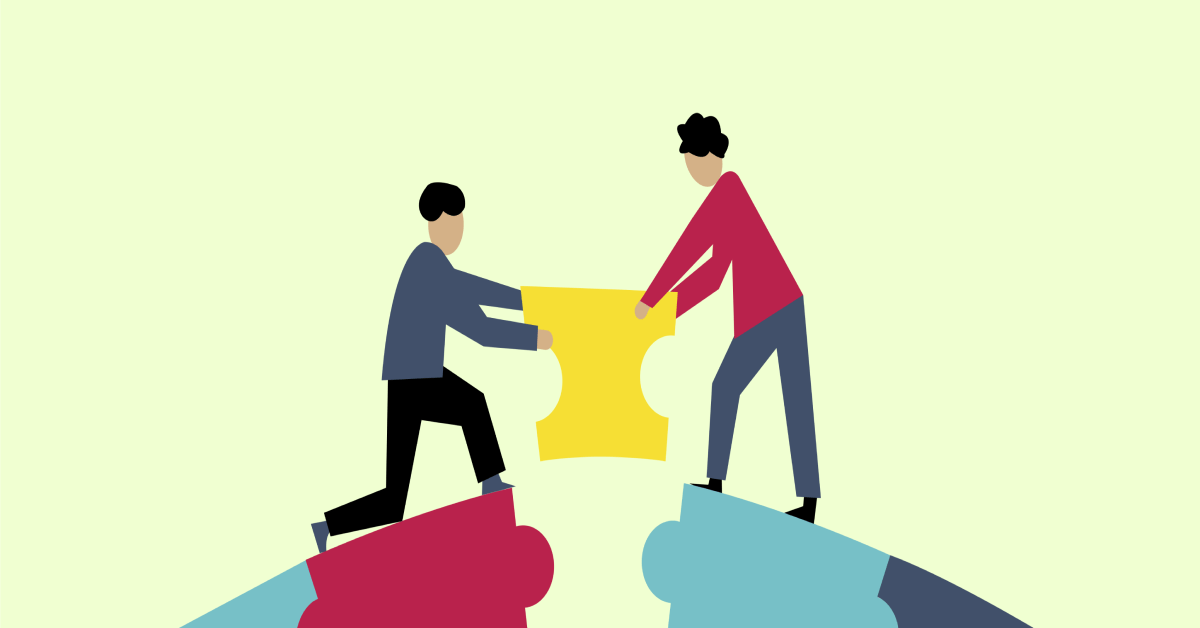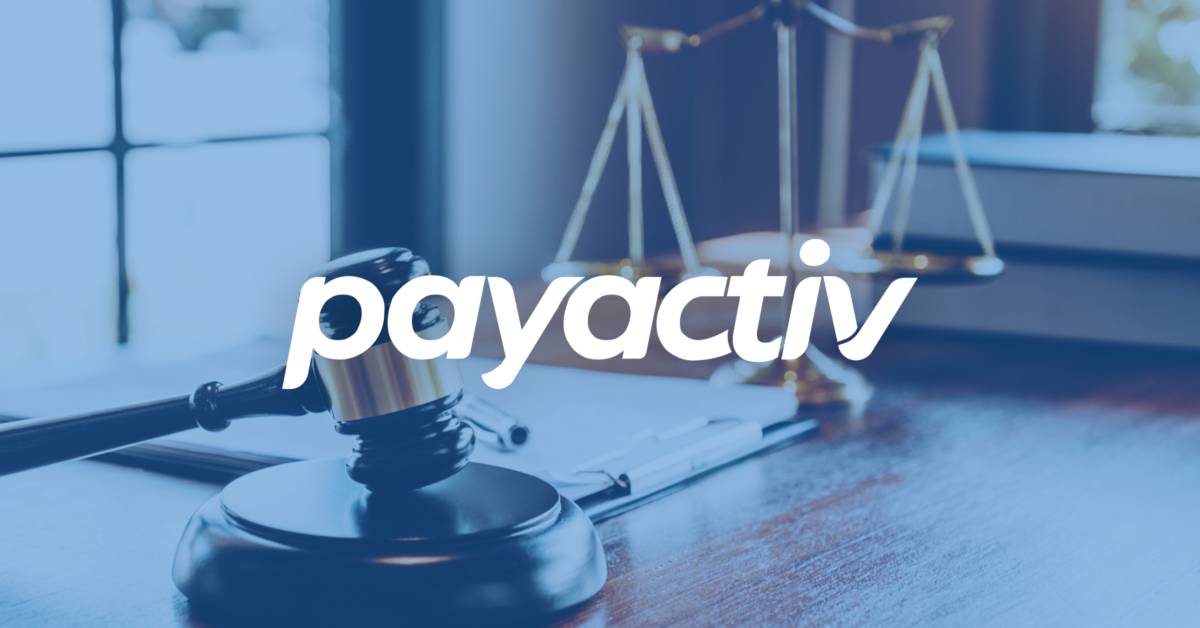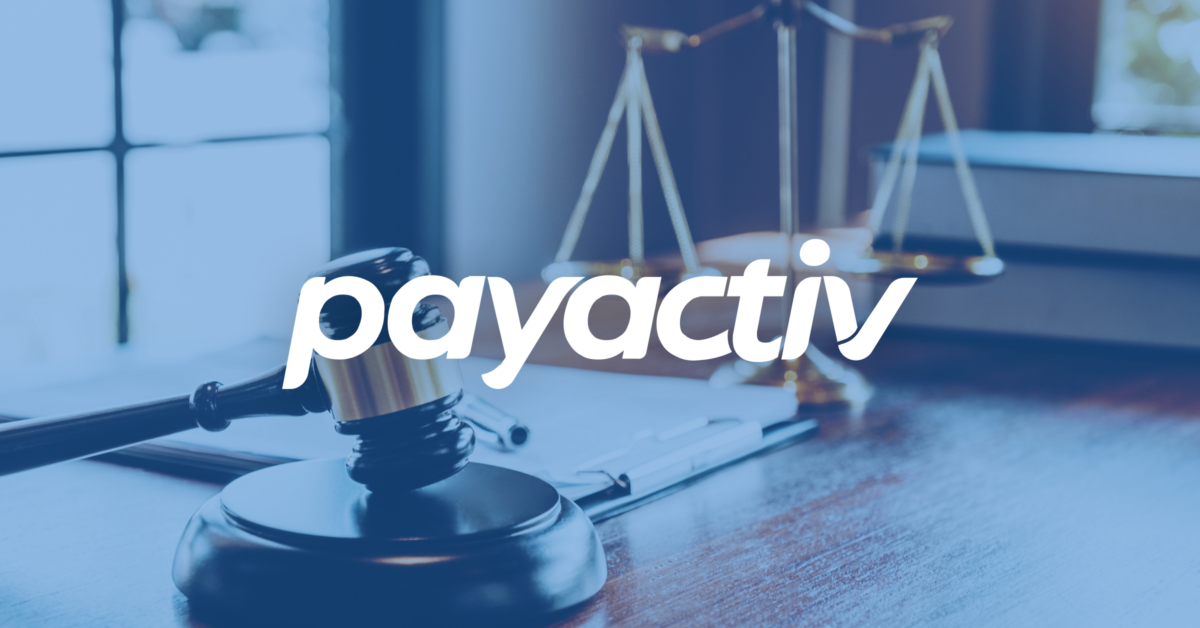Effective June 17, 2025, Payactiv is now a registered earned wage access (EWA) services provider in Utah under the state’s Department of Commerce This follows the Utah Legislature’s passage of HB 279 on March 25, 2025, which received strong bipartisan […]
Blog
Debt isn’t just numbers on a statement It’s the late-night worry, the juggling act at payday, and the feeling that there’s never quite enough to go around Debt consolidation can put an end to that chaos Instead of wrestling with […]
When it comes to employee financial wellness, the conversation almost always starts — and ends — with a single solution: the 401(k) And while retirement plans remain a cornerstone of financial security, here’s the uncomfortable truth: For millions of American […]
Maryland’s bill HB 1294, Earned Wage Access and Credit Modernization, went into effect today, following passage by the Maryland General Assembly on April 7 The bill comes after two years of collaboration between legislators, industry, consumer advocates, and the state’s […]
If compensation is the cornerstone of employee experience, why do so many workers still feel financially trapped between paychecks That’s the question Payactiv CEO Safwan Shah explored in his recent article, The Spendable Dollar Hierarchy — Through the Lens of […]
Indiana Governor Mike Braun signed into law the country’s ninth statutory framework regulating earned wage access (EWA) today, joining California, Nevada, Missouri, Kansas, South Carolina, Wisconsin, Utah, and Arkansas in creating a distinct regulatory framework for EWA providers Named the […]
Payactiv is now a licensed earned wage access (EWA) provider in Nevada, the first state to create a unique EWA licensing system and set the gold standard in consumer protection Following the passage of the legislation creating the license, the […]
Following the passage of the Kansas Earned Wage Access Services Act in the 2024 state legislative session, Payactiv is now registered as an earned wage access (EWA) services provider in Kansas through the Nationwide Multistate Licensing System and Registry Governor […]
Payactiv is proud to announce that the company is now a registered earned wage access provider in South Carolina under the South Carolina Earned Wage Access Services Act This follows South Carolina’s passage of a legislative framework in May 2024 […]
Key takeaways: In this article, we’ll explore the concept of empathetic leadership in the workplace and consider some strategies you can adopt to bring it to life in your business Empathy is a concept we’re familiar with in our personal […]
© 2025 Payactiv, Inc. All Rights Reserved
24 hour support: 1 (877) 937-6966 | [email protected]
* The Payactiv Visa Prepaid Card and the Payactiv Visa Payroll Card are issued by Central Bank of Kansas City, Member FDIC, pursuant to a license from Visa U.S.A. Inc. Certain fees, terms, and conditions are associated with the approval, maintenance, and use of the Card. You should consult your Cardholder Agreement and the Fee Schedule at payactiv.com/card411. If you have questions regarding the Card or such fees, terms, and conditions, you can contact us toll-free at 1-877-747-5862, 24 hours a day, 7 days a week.
** Central Bank of Kansas City does not administer, nor is liable for earned wage access.
Payactiv holds earned wage access services (EWA) license number 2591928EWA with the Wisconsin Department of Financial Institutions.
Apple and the Apple logo are trademarks of Apple Inc., registered in the U.S. and other countries. App Store is a service mark of Apple Inc., registered in the U.S. and other countries.
Google Play and the Google Play logo are trademarks of Google LLC.
Galaxy Store and the Galaxy Store logo are registered trademarks of Samsung Electronics Co., Ltd.









